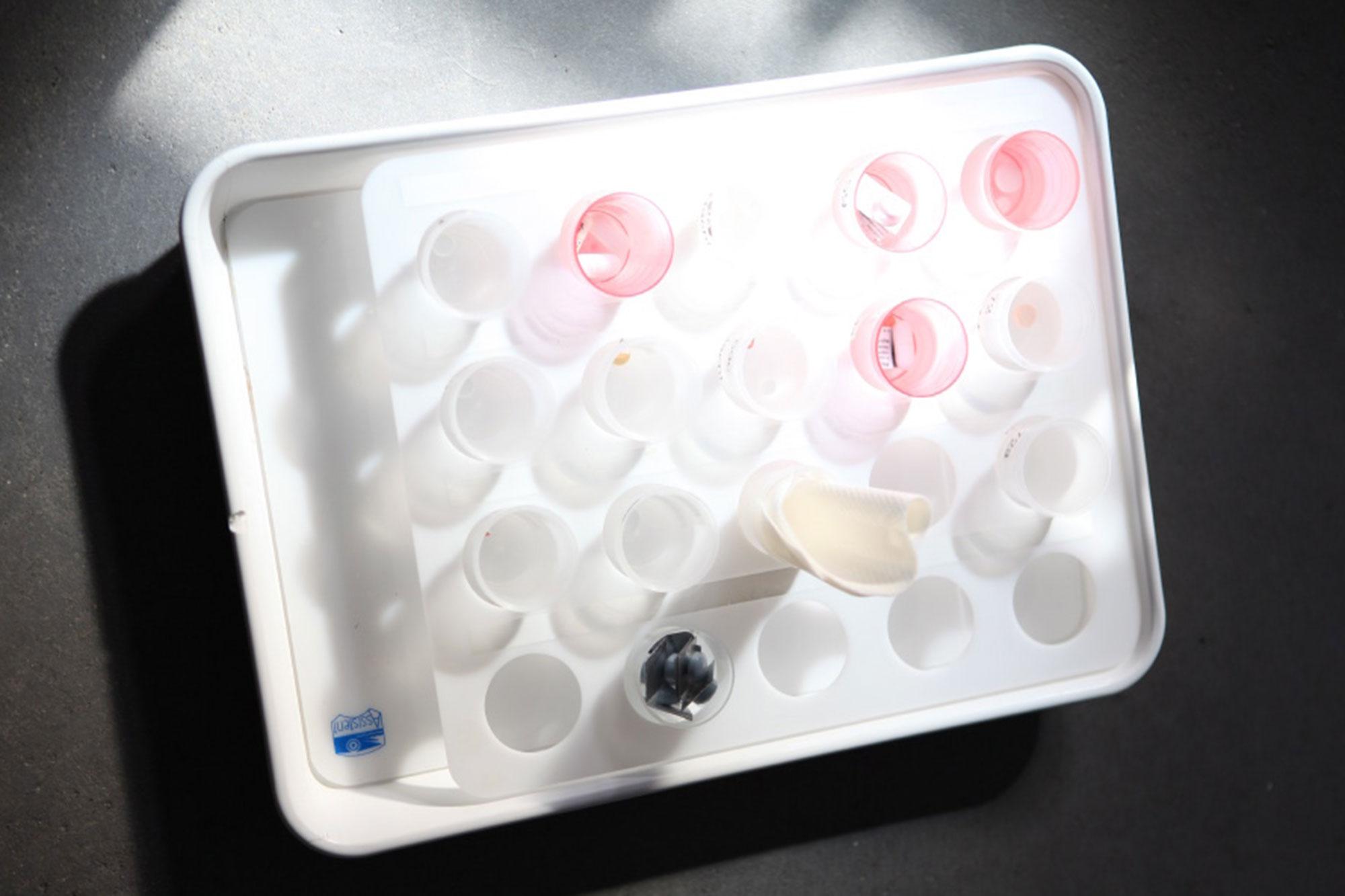09 Automatic detection of adverse drug events in the geriatric care

Older people are at particular risk of adverse drug reactions. Because adverse drug reactions are underreported in risk management and pharmacovigilance systems, automated detection from patients’ electronic medical files allows for better monitoring.
Project description (completed research project)
The study consisted of 4 steps:
- Development of a comprehensive list of antithrombotic drugs with their adverse effects and risk factors associated with bleeding.
- Extraction and harmonisation of data from the computerised medical records of the three hospitals.
- Development of algorithms for the detection of bleeding and its risk factors from structured and textual data in the computerised medical records. In particular, the research team applied artificial intelligence methods and collaborated with data science and clinical experts.
- Validation of the algorithms by manual review of computerised medical records.
Background
Adverse drug reactions (ADRs) occur in about one third of older inpatients. Among the drugs most at risk are antithrombotic drugs widely used in geriatrics to prevent and treat thromboembolic diseases. There is a need to develop automated surveillance systems for ADRs related to antithrombotic drugs on a national scale. Structured and textual data from hospital computerised medical records are a valuable source of information.
Aim
The aim of the study was to develop and validate an automatic ADR detection system for antithrombotic drugs based on data from hospital computerised medical records in three Swiss university hospitals. The study aimed to estimate the frequency of bleeding (according to its severity), to identify the associated factors and to study the causality between drugs and ADRs.
Results
In total, 37,079 hospitalisations of people aged 65 years and over, treated with antithrombotic drugs and hospitalised in hospitals in Lausanne, Geneva and Zurich between 2015 and 2016, were studied. The frequency of bleeding in the structured data was 10.8%, of which 3.4% were severe bleeding. The integration of data on administered medication and laboratory test results led to an improved detection rate of bleeding. Textual data from discharge letters also helped to improve the detection of bleeding events identified from the structured data. Finally, a scalable system for detecting medical problems in the computerised medical record data was built.
Relevance / Application
This study helps to optimise the monitoring of bleeding events in an older population treated with antithrombotic drugs, to make the prescription of these high-risk drugs safer in daily clinical practice and to inform patients. Finally, the methods and tools developed will be made available for the research and monitoring of adverse drug events.
Original title
Automated detection of adverse drug events from older inpatients’ electronic medical records using structured data mining and natural language processing
